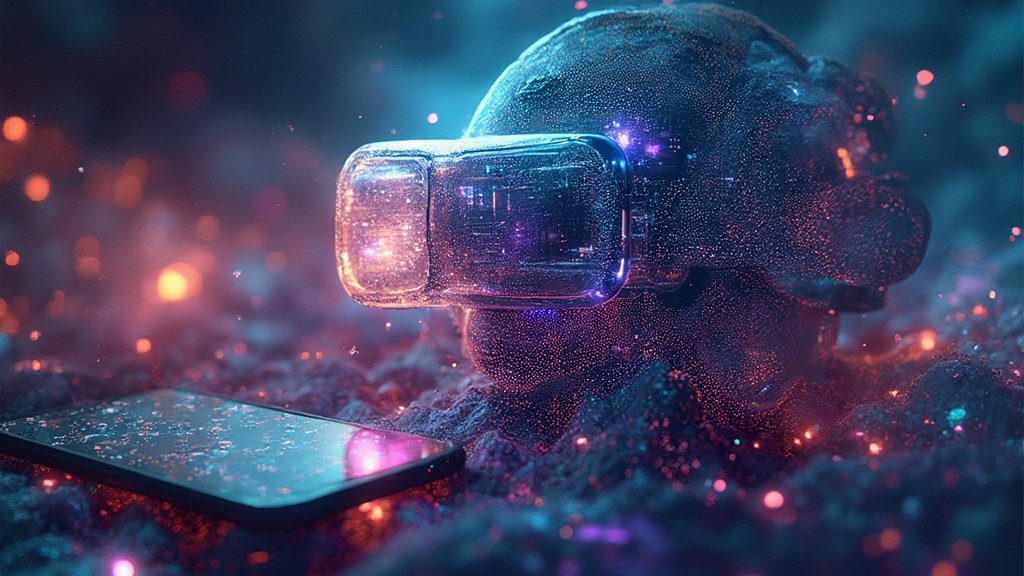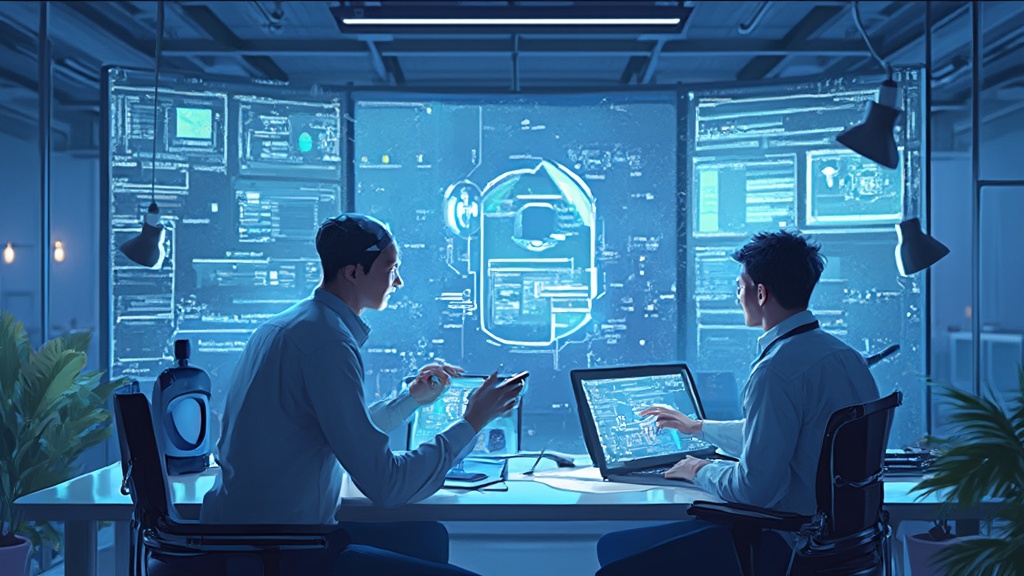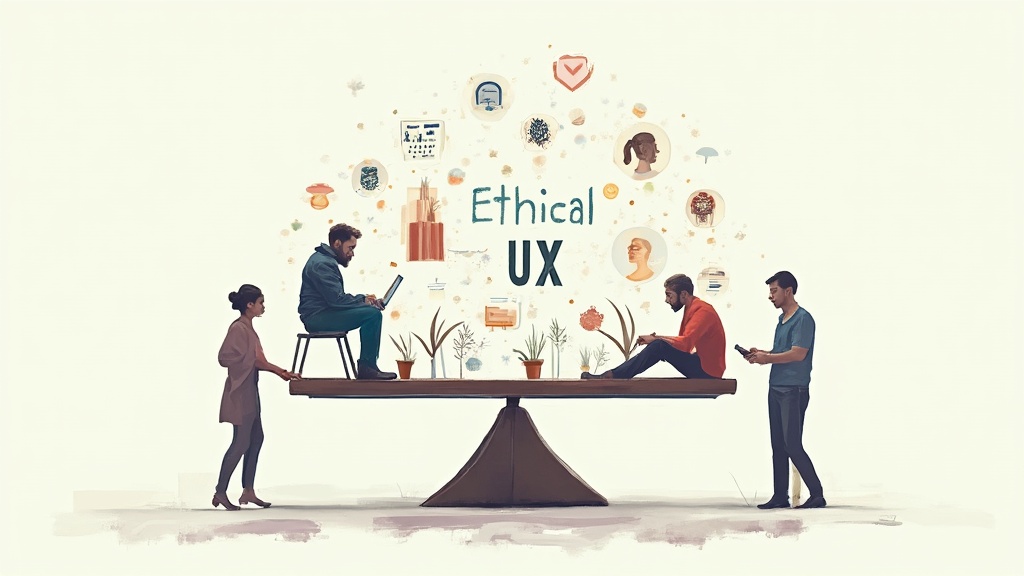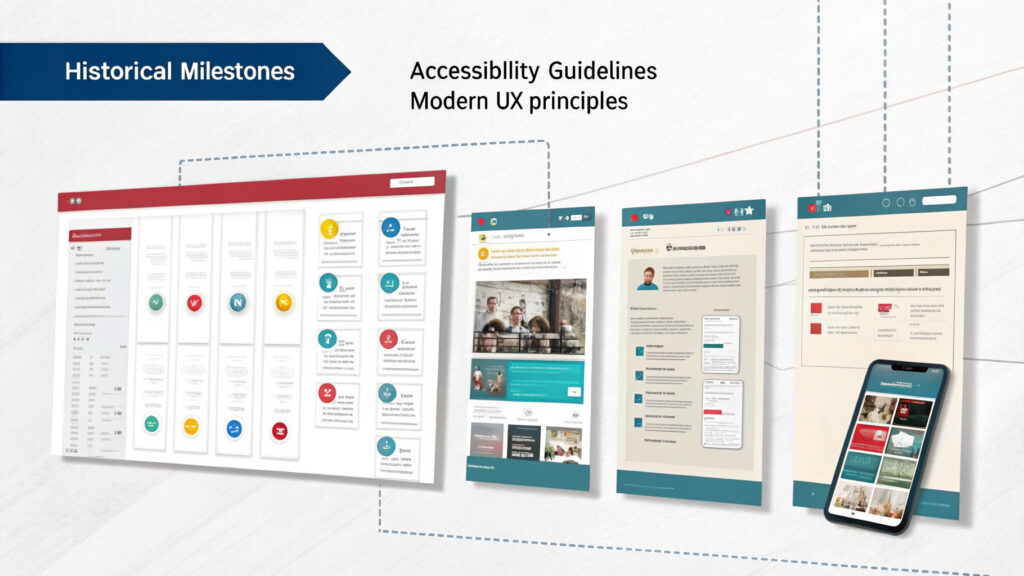
Introduction
User Experience (UX) is more than lines on a wireframe or a clean mobile app screen—it’s the invisible foundation of how we navigate our digital lives. In a world shaped by constant innovation, from AI-driven tools to decentralized networks, UX is evolving—from interface polish to system intelligence. It now reflects how we think, feel, and interact with tech that adapts in real-time, across devices we can’t always see.
Anticipating UX trends isn’t about chasing hype. It’s survival. For designers, developers, businesses, and ecosystems, understanding what’s coming means staying relevant, competitive, and impactful. Miss the signal, and you risk building tech people don’t want—or worse, can’t use.
This matters because the future of UX design determines how we work, how we play, how we live. It shapes the interfaces we touch today and the environments we’ll experience tomorrow. Whether you’re designing for a mobile screen or a voice assistant, how users feel about your product isn’t just a detail—it’s everything.
Table of Contents
UX Today: The State of the Landscape
Five years ago, UX was still wrestling with the basics—making things readable, clickable, functional. Now? It’s evolved. UX isn’t about just getting users from point A to B anymore. It’s about understanding why they’re headed there, what they feel on the way, and how they make decisions in real time.
We’ve shifted hard into user-centered design, and it shows. Interfaces are expected to be inclusive by default—think screen readers, color contrast, voice navigation. There’s almost no excuse anymore for forgetting about accessibility. Personalization, once a neat trick, is now a baseline expectation. Today’s users want content that adapts to them, not the other way around.
Importantly, we’ve moved from “make it usable” to “make it human.” Anxiety, trust, joy—these aren’t soft metrics anymore. Whether it’s a banking app or a recipe site, the goal is to reduce cognitive load and design for human realities, not ideal flows on paper. UX today is about empathy in action—lean, focused, and deeply aware that design doesn’t exist in a vacuum. It lives in the everyday, in the scroll, click, frustration, and delight.
Emerging Tech That’s Rewriting UX
UX design isn’t just evolving—it’s being rewritten in real time by emerging technologies.
The Rise of AI in UX

Artificial intelligence isn’t just a buzzword anymore; it’s quietly nesting into the DNA of UX workflows. Designers now use AI-powered tools to:
- Generate wireframes
- Streamline user testing
- Suggest interface improvements based on behavioral data
Smart chatbots and virtual agents are also transforming user interactions by:
- Handling customer support
- Assisting with personal shopping
- Operating without human intervention
Enter the Spatial Revolution
AR and VR are pushing UX into dimensional environments beyond the flat screen. Designing for a headset involves a completely different mindset:
- Proximity, gesture, and gaze replace traditional inputs like clicks and scrolls
- Spatial computing requires building experiences in 3D space rather than 2D grids
- Designers must move beyond rectangles to create immersive “moments”
Ambient Technology and Invisible Interfaces
Ambient technology is disrupting UX without visible interfaces. Devices like:
- Smart speakers
- Wearables
- In-home sensors
…require UX that emphasizes behavior and emotion over visual layout. Key shifts include:
- UX becomes behavior-driven, not interface-driven
- Emotional design replaces visual cues
- Designers anticipate actions instead of instructing them
Redefining the UX Rulebook
This wave of technology challenges traditional UX principles:
- Consistency evolves — one experience could be visual, auditory, or gesture-based
- Universality becomes more complex as input methods diversify
- Adaptability becomes essential for relevance
The New UX Frontier
The fork in the road is clear:
- Adapt to these emerging paradigms
- Or stay anchored in outdated heuristics
The future of UX lies in mastering new dimensions of human-machine interaction—not just tweaking pixels.
Charting the Future: Unfolding Trends in UX Design for Tomorrow’s Digital Landscape
From Reactive to Proactive: The Rise of Predictive UX
UX is moving from reactive problem-solving to proactive anticipation. Thanks to advancements in machine learning and behavioral data, applications are beginning to understand your needs before you express them.
Key examples:
- Surfacing the right playlist at the perfect moment
- Offering personalized health nudges based on subtle usage patterns
The goal:
Reduce friction and create seemingly magical experiences—while still maintaining user control.
Ethical UX: Designing with Responsibility

As UX tools become more powerful, ethical considerations become more urgent. Designers must now take a stand on what’s acceptable in data usage and behavioral design.
Core principles of ethical UX:
- Consent – clear permission for data collection
- Clarity – transparent communication with users
- Care – prioritizing emotional and psychological well-being
Designers must ask:
- What data should remain private?
- Are we protecting users—or persuading them?
Multimodal Interfaces: Beyond Voice
Voice-first is no longer a gimmick—it’s expected. But the future lies in fluid, multimodal interaction.
Emerging interaction modes:
- Voice commands
- Text input
- Gestures and swipes
Context-aware design means devices will adapt to how and when you interact, allowing users to shift modes intuitively.
UX is Everyone’s Job Now
UX is no longer confined to the design team. Thanks to low-code and no-code solutions, a broader range of professionals—from marketers to founders—are shaping user experiences.
Implications of this shift:
- Greater collaboration across disciplines
- Increased variation in design quality
- The need for designers to act as mentors and system thinkers
Core designers must:
- Create scalable design systems
- Establish clear patterns and principles
- Guide non-designers shaping real user touchpoints
A New UX Mindset
Tomorrow’s UX isn’t bound to a screen or a tool—it’s a way of thinking. It’s:
- Proactive: anticipating user needs
- Responsible: acting with ethical intent
- Fluid: supporting seamless multimodal interaction
- Inclusive: empowering more people to design
As the boundary between technology and humanity blurs, it’s up to designers to ensure the future feels natural—and human.
UX and Business Strategy: Tighter Than Ever
UX used to be what designers did after the strategy was finalized. Now, it is the strategy. In markets jammed with similar products, great UX is often the only true differentiator. The smoother the ride for the user, the stronger the brand memory.
What Defines Great UX Today?
Modern UX includes:
- Frictionless onboarding
- Crystal-clear navigation
- Responsibly used data
These aren’t just nice touches—they’re make-or-break features.
How Smart Businesses Are Evolving
Forward-thinking companies are integrating UX early into the product lifecycle:
- Plugging UX into roadmaps before product development begins
- Reducing pivots and speeding up time-to-market
- Building user trust from day one
UX isn’t just “painting the house”; it’s about:
- Choosing where to build it
- Deciding which way it faces
- Shaping how the light comes in
A Shift in Team Structure
Organizational models are changing:
- Moving from siloed settings
- Transitioning to cross-functional pods
- Embedding UX with product, engineering, and marketing
Result: Everyone speaks user.
The Bottom Line
UX is no longer an afterthought or final polish. It’s a core business function that drives:
- Retention
- Conversion
- Loyalty
In ways a clever ad campaign never could.
The companies that understand this will design smarter—and win bigger.
Building the Future UX Team
The next-gen UX team doesn’t look like it did five years ago. The toolkit’s different—and so are the titles. You’re not just hiring a UX designer and calling it a day. Now, you’ve got UX researchers digging into behaviors, behavior designers tuning micro-interactions to human psychology, and AI UX strategists making sense of machine learning patterns. It’s not about pixel pushing anymore—it’s about systems, context, and foresight.
Collaboration isn’t a buzzword here. It’s survival. Designers are syncing tighter with PMs, engineers, and data analysts from day one. No more silos. Everyone’s in the room—or Zoom—from kickoff. That means shared goals, faster feedback loops, and design decisions backed by real-time insight. When design moves fast, scattered teams don’t cut it. Alignment isn’t a nice-to-have, it’s core UX strategy.
And speaking of Zoom rooms—remote is the new default. The war room has gone digital. FigJam, Notion, Figma, Slack—they’re more than tools now, they’re the office. Async brainstorms, rolling whiteboards, and decision logs replace sticky notes and coffee-fueled huddles. The best ideas don’t always come from 9 to 5 meetings—they come from giving thinkers the space and tools to create from anywhere, whenever the spark hits.
The future UX team isn’t bound by location, title, or traditional workflows. It’s adaptable, cross-skilled, and built around the user from the inside out.
Redefining Metrics in Future UX
Traditional UX metrics—think clicks, bounce rates, funnels—aren’t cutting it anymore. They tell you what happened, but not why it mattered. In the future of UX, we’re tracking connection over conversion. Did the user feel understood? Did the experience build trust? We care less about how fast someone completes a task and more about whether they ever want to do it again.
Emotional satisfaction is getting quantifiable. Tools are surfacing that can detect frustration, delight, even confusion through facial expression analysis, sentiment in voice or text, and passive behavior signals. These signals become flags for what really matters: user trust, perceived control, and long-term emotional engagement.
Retention used to mean “they came back.” Now it means “they didn’t want to leave.” Future UX will judge success not just on efficiency, but on how the experience makes users feel over time. To do that, we’ll need to move beyond lab tests and artificial scenarios. Real-world feedback—embedded prompts, in-app surveys, usage context—starts replacing the sterile usability lab. The data is messy, but it’s honest.
What gets measured gets improved. The question is: are we measuring the right things? Future UX leans into depth over breadth. It listens. It waits. And it asks better questions.
Staying Future-Ready
The truth is, UX moves fast—and if you’re standing still, you’re already behind. Staying relevant in this space demands a mix of curiosity, humility, and grit. It’s not about being the smartest or the most artistic. It’s about staying open to change, always asking “what if?”, and being willing to unlearn what worked yesterday.
Start with learning. Not once. Constantly. Platforms like Coursera, Figma Community, and even YouTube are overflowing with expert insights—many free. Don’t wait for your company to train you. Build your own curriculum. Follow UX leaders on LinkedIn, join design Slack groups, and subscribe to the newsletters that dig deeper than design trends.
Next: community. UX isn’t a solo sport. Get into feedback loops with other designers, researchers, even developers. Stuff gets better when more brains are on it. Go to meetups, hop on UX Twitter, or create a tiny design club with people you trust. You’ll stay grounded and ahead—at the same time.
Then, tools. They change. Rapidly. One year it’s all about Figma plugins, the next, AI tools like Galileo or Uizard are reducing prototyping to minutes. Explore them. Test them. Break them.
Finally, bet on iteration. The best UX designers don’t chase perfection. They ship, get feedback, and refine—fast. The process never “ends,” and that’s the point. Tomorrow’s UX isn’t a final product; it’s a living thing. Treat it that way, and you’ll not only survive the future—you’ll help shape it.
The future of UX isn’t just about cooler tools or sleeker interfaces—it’s about staying deeply human in an increasingly automated world. As we’ve seen, trends like predictive design, ethical frameworks, and cross-functional collaboration are shaping a more responsive and responsible digital experience. The lines between product, brand, and user experience are blurrier than ever, and that’s a good thing.
Now’s the time to lean in. Experiment with new tech, explore different ways of working, and keep asking: how does this help the user? Don’t wait for the perfect process—iterate, test, learn. UX isn’t a job title anymore; it’s a mindset.
The road ahead is neither fixed nor fully visible, but one thing’s certain: the future of UX is adaptive, ethical, and built on human connection. Keep that at the center, and you’ll always be designing forward.


